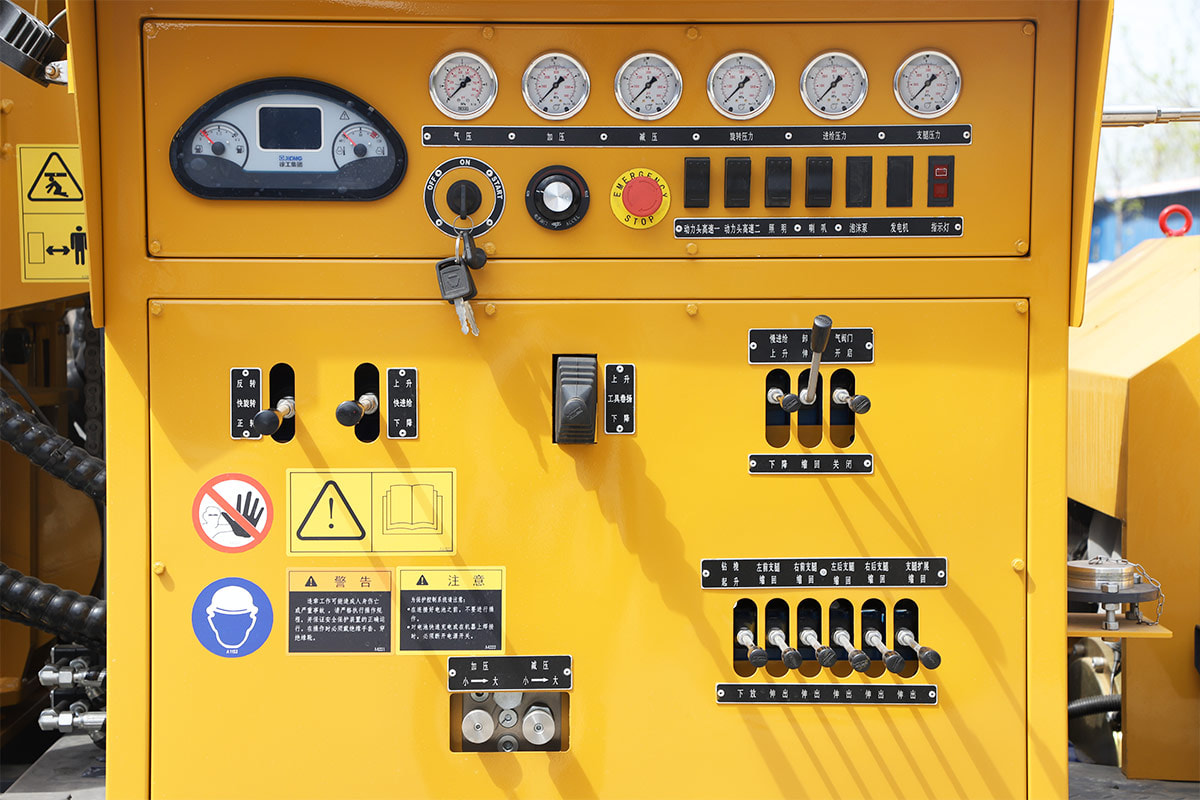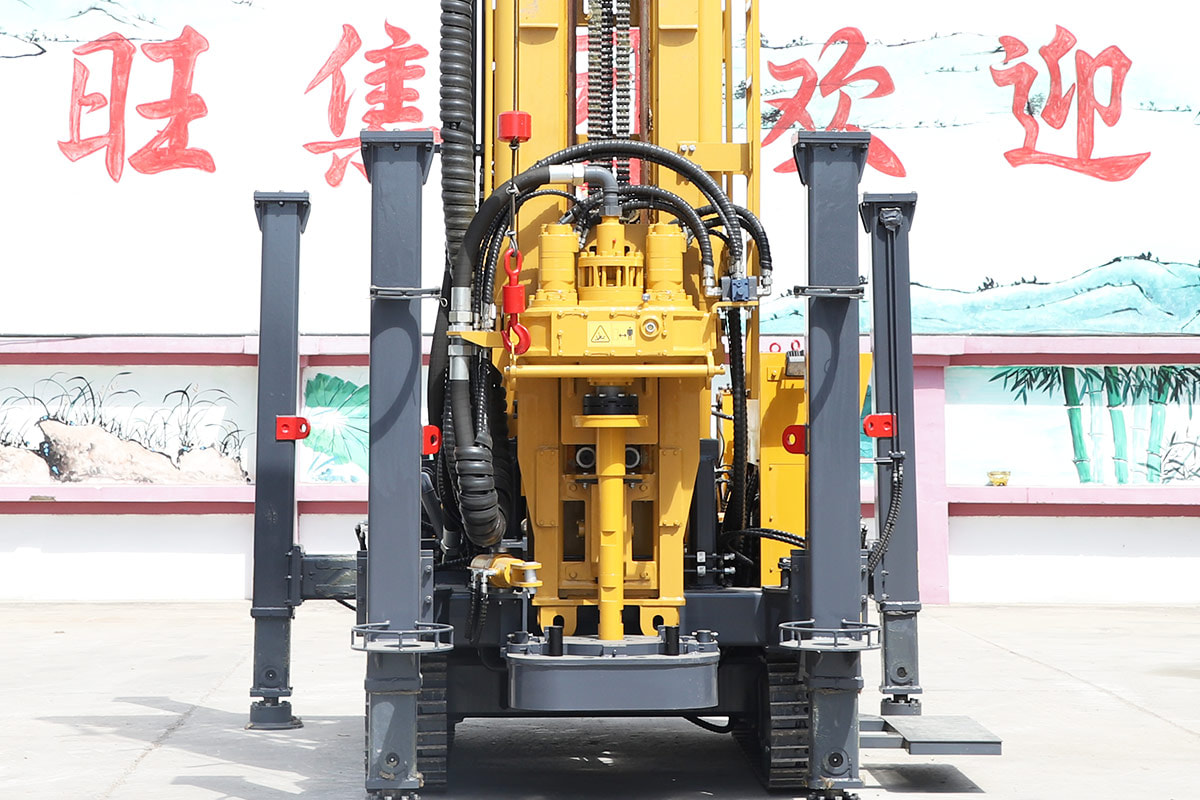

1. Depth Capabilities: Water well drilling rigs are capable of drilling to significant depths, depending on the model. They can reach underground aquifers
by penetrating layers of soil, rock, and sediment, making them suitable for both shallow and deep water wells.
2. Versatile Drilling Techniques: These rigs are often equipped with various drilling methods, such as rotary, down-the-hole, and percussion drilling. This
versatility allows them to adapt to different types of terrains, from soft soil to hard rock formations.
3. Durability and Stability: Water well drilling requires equipment that can withstand rugged conditions. The rigs are built with sturdy frames and advanced
hydraulics, ensuring they perform effectively in diverse environments while maintaining stability during operation.
4. Ease of Operation: Modern water well drilling rigs are designed with user-friendly controls, allowing operators to efficiently manage the drilling process.
Automation and real-time monitoring systems help improve accuracy, reducing the time needed to complete a well.
5. Power Efficiency: Fuel efficiency and power optimization are critical in drilling operations. Many rigs come with energy-efficient engines and hydraulics,
reducing operational costs and environmental impact.
6. Portability:Some water well drilling rigs are mounted on trailers or trucks, making them easily transportable to various job sites. This mobility is essential
for projects in remote areas where access to water is limited.